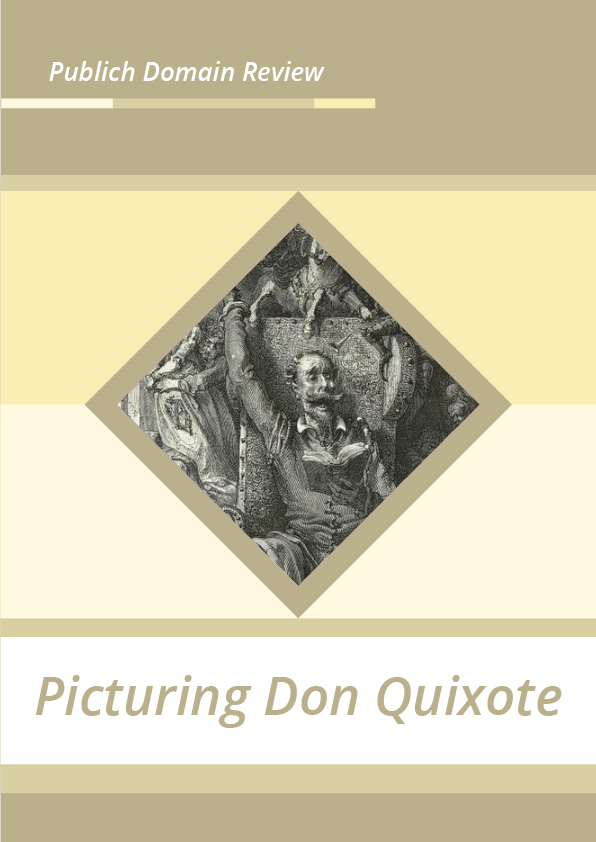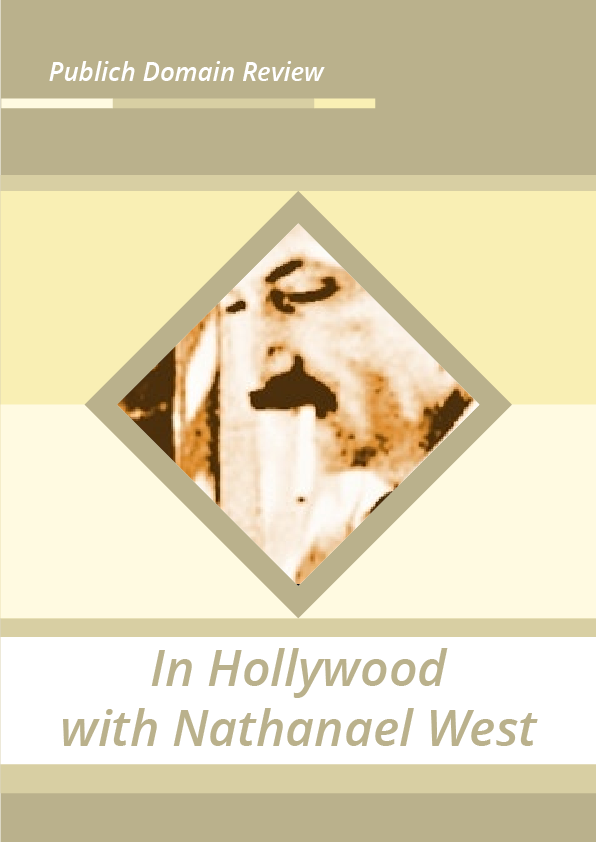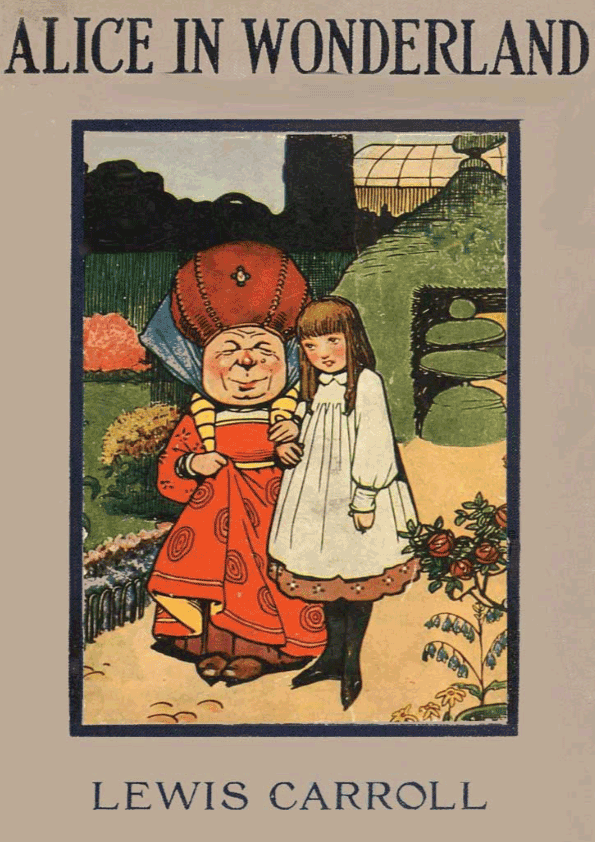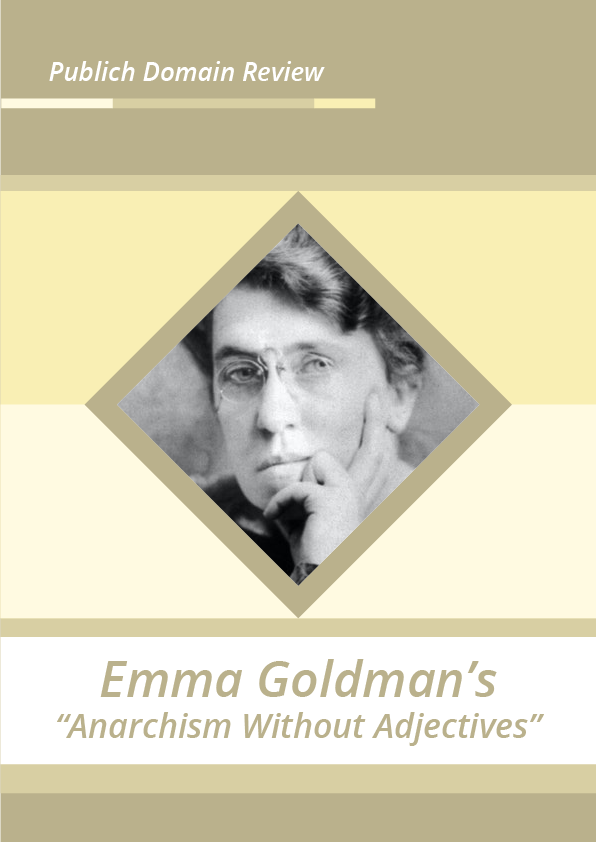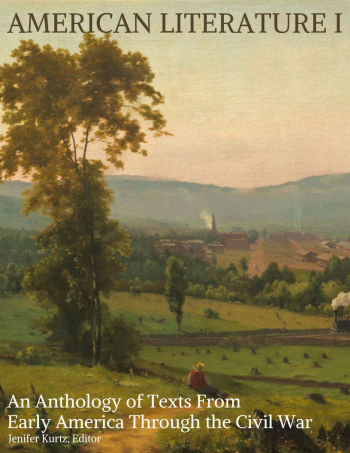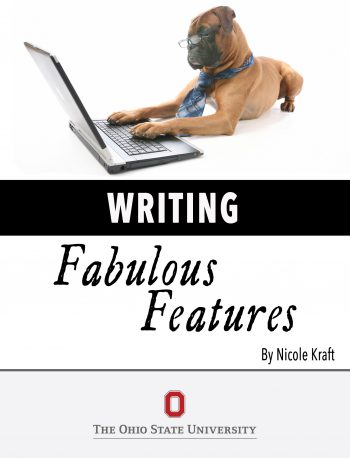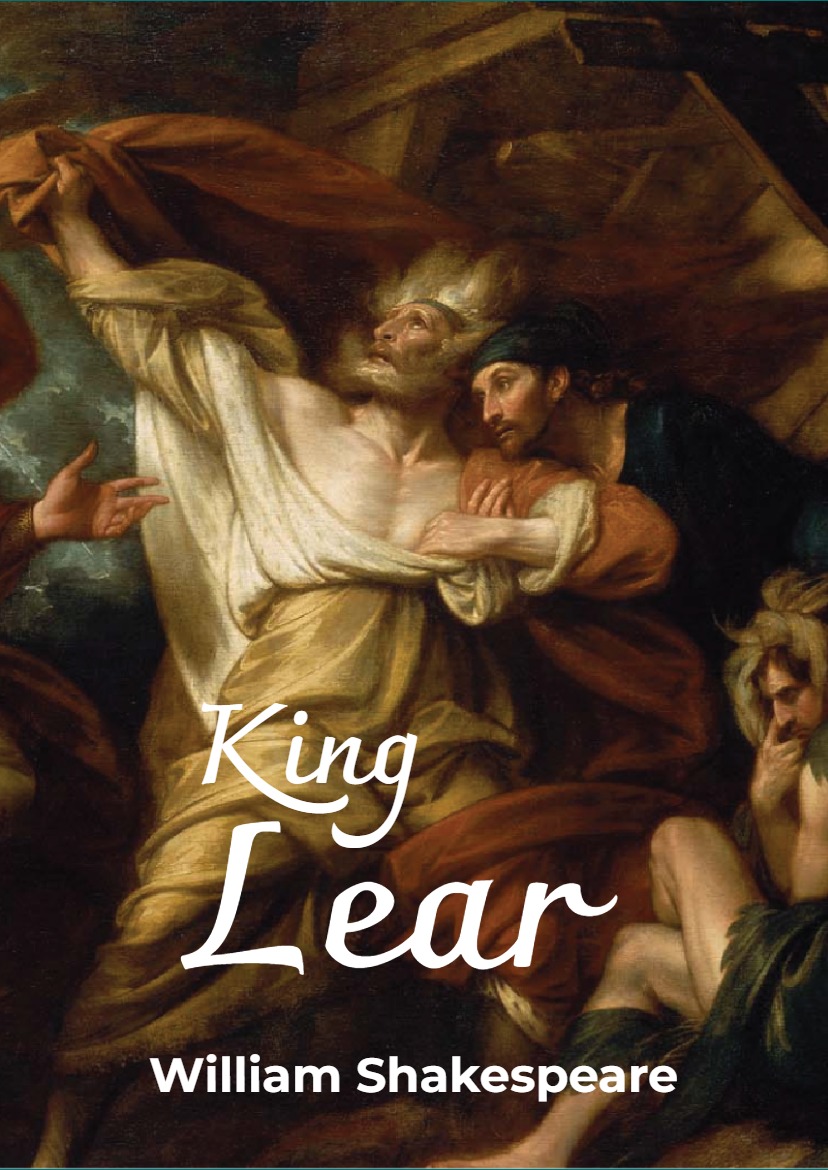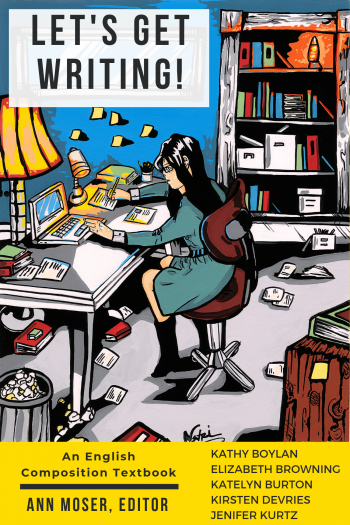This year marks the 400th anniversary of the death of Miguel de Cervantes, author of one of the best-loved and most frequently illustrated books in the history of literature — Don Quixote. Rachel Schmidt explores how the varying approaches to illustrating the tale have reflected and impacted its reading through the centuries.
Four hundred years ago, on April 23, 1616, Miguel de Cervantes died. In the prologue to his posthumously published The Trials of Persiles and Sigismunda, he poked fun at his upcoming death and the little literary fame he achieved in his lifetime. As the aging author rode a nag on the road to Toledo, a student catching up to him from behind hailed him with these words, “Yes, yes, this is the complete cripple, the completely famous and comic writer, and lastly, the delight of the muses!” Cervantes could not accept this faint praise, and replied, “That is an error into which many of my uninformed admirers have fallen. I, sir, am Cervantes, but not the delight of the muses or any of the other foolish things that you have mentioned.” Cervantes finished the prologue by taking leave of his readers: “for I am dying and hope to see you soon, happy in the life to come!”
The literary fame Cervantes gained in his lifetime was for writing Don Quixote de la Mancha. The book tells the story of Alonso Quijano, a country gentleman whose limited estate has been eaten away by the costs to both his purse and mental stability caused by his non-stop consumption of chivalric romance. Proclaiming himself the knight errant Don Quixote de la Mancha in an age when knights no longer exist, he sets off, accompanied by the peasant Sancho Panza, to right imaginary wrongs, only to meet with beatings by those who consider him at best a madman, if not a fool. After being taken home in a cage by his neighbors at the end of Part One, Don Quixote hits the road again in Part Two, this time to encounter readers of his previous misadventures, including a duke and duchess who turn the would-be knight errant and squire into court entertainment.
Published in 1605, Part One gained sufficient popularity to inspire translation into English by Thomas Shelton, probably by 1612, and into French by Cesar Oudin by 1614, as well as a spurious continuation from 1614 by the pseudonymous Alonso Fernández de Avellaneda. Already having begun Part Two (published in 1615), Cervantes reacted against Avellaneda’s sequel by changing his characters’ route and taking angry swipes at the impostor. Nonetheless, the generic identity and even the intent behind his beloved work had bothered the author from the beginning. In Part One’s prologue, an unnamed friend advises Cervantes, who struggles with writer’s block, that his goal be “demolishing the ill-founded apparatus of these chivalric books, despised by many and praised by so many more, and if you accomplish this, you will have accomplished much.” What is more, reading Don Quixote was to “move the melancholy to laughter, increase the joy of the cheerful, not irritate the simple, fill the clever with admiration for its invention, not give the serious reason to scorn it, and allow the prudent to praise it.”
Whatever Cervantes’ initial idea, in the course of the last four hundred years, Don Quixote has embarked on a journey in the world imagination that has taken the literary character far beyond its original conception. The book illustrations of Cervantes’ Don Quixote would play a decisive role in this — not only transforming the image of Don Quixote and his loyal servant Sancho Panza but also giving life to the image of Cervantes himself.
Seventeenth-century images emphasized the title character’s pompous folly as well as the often rough-and-tumble action of many episodes. The windmill scene, in which Don Quixote mistakes for giants the technology that grinds the grain produced in the semi-arid Manchegan landscape, became immediately iconic. The first representation of the scene appears in a Frankfurt edition of 1648, in which the windmill sail stabs Don Quixote.
The frontispiece to the 1687 London Hodgkin edition also captures important motifs of early visual interpretation. The presence of the windmill identifies this otherwise English countryside as the setting for Don Quixote’s adventures, as it already did in the title page to the 1620 London Blount edition (see the second image featured above). In the foreground Don Quixote proudly wears the basin that he has claimed from a bewildered barber as Mambrino’s helmet, while Sancho, dominated by a beer belly, wears a dunce’s cap. Aldonza Lorenzo, the peasant Don Quixote names as his sweetheart when Sancho pushes for information about the imaginary Dulcinea, feeds pigs in the background.
